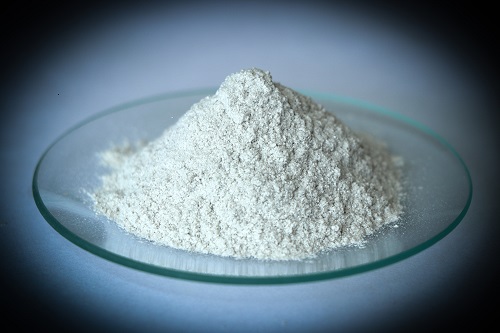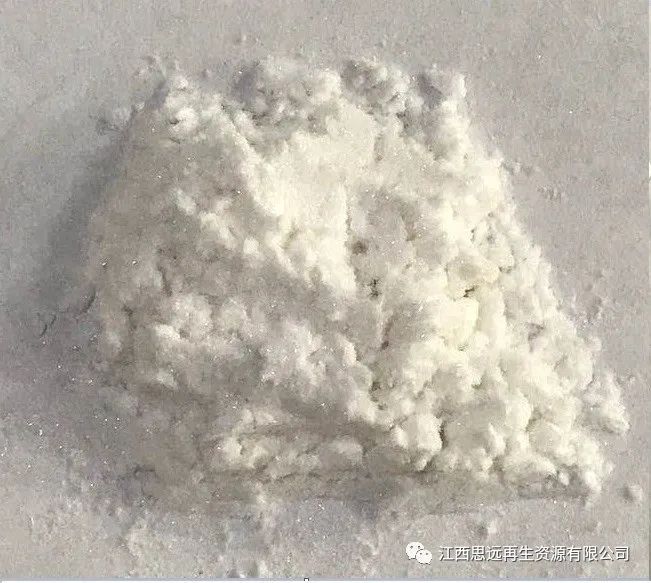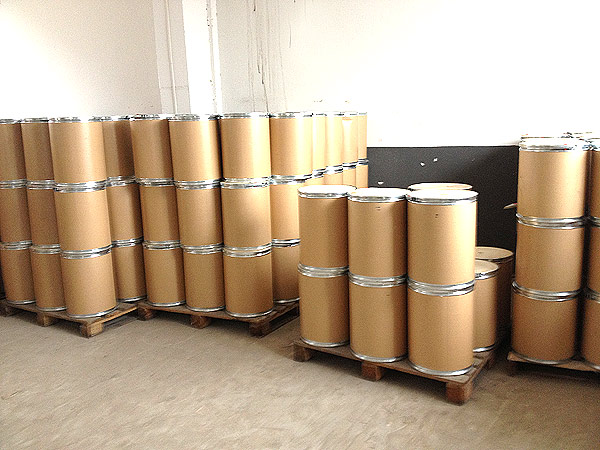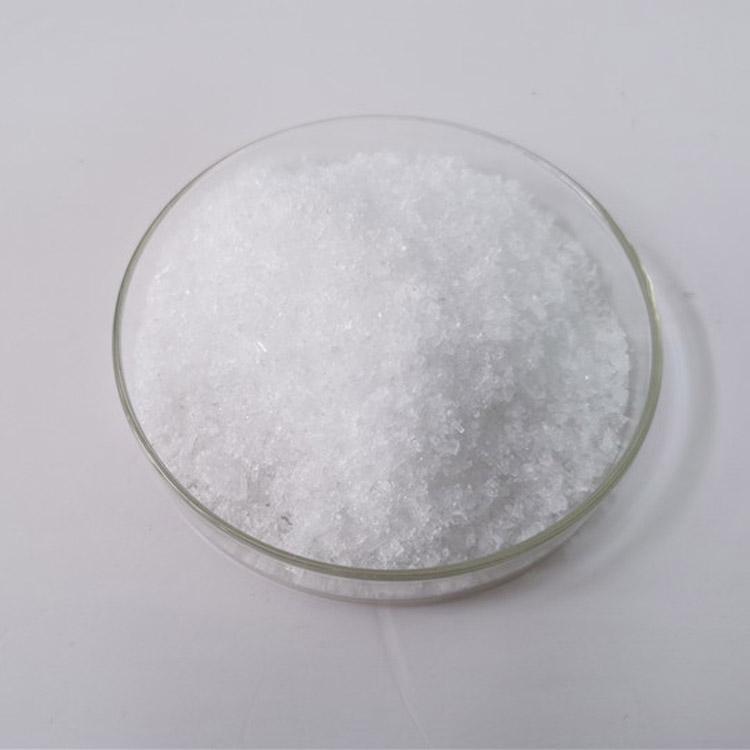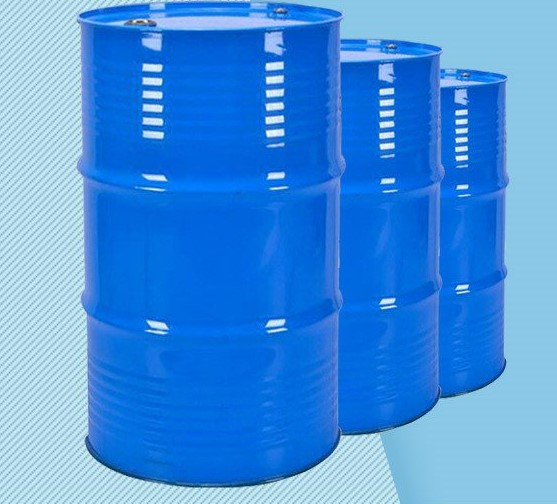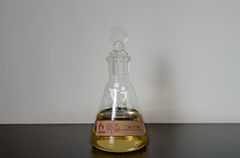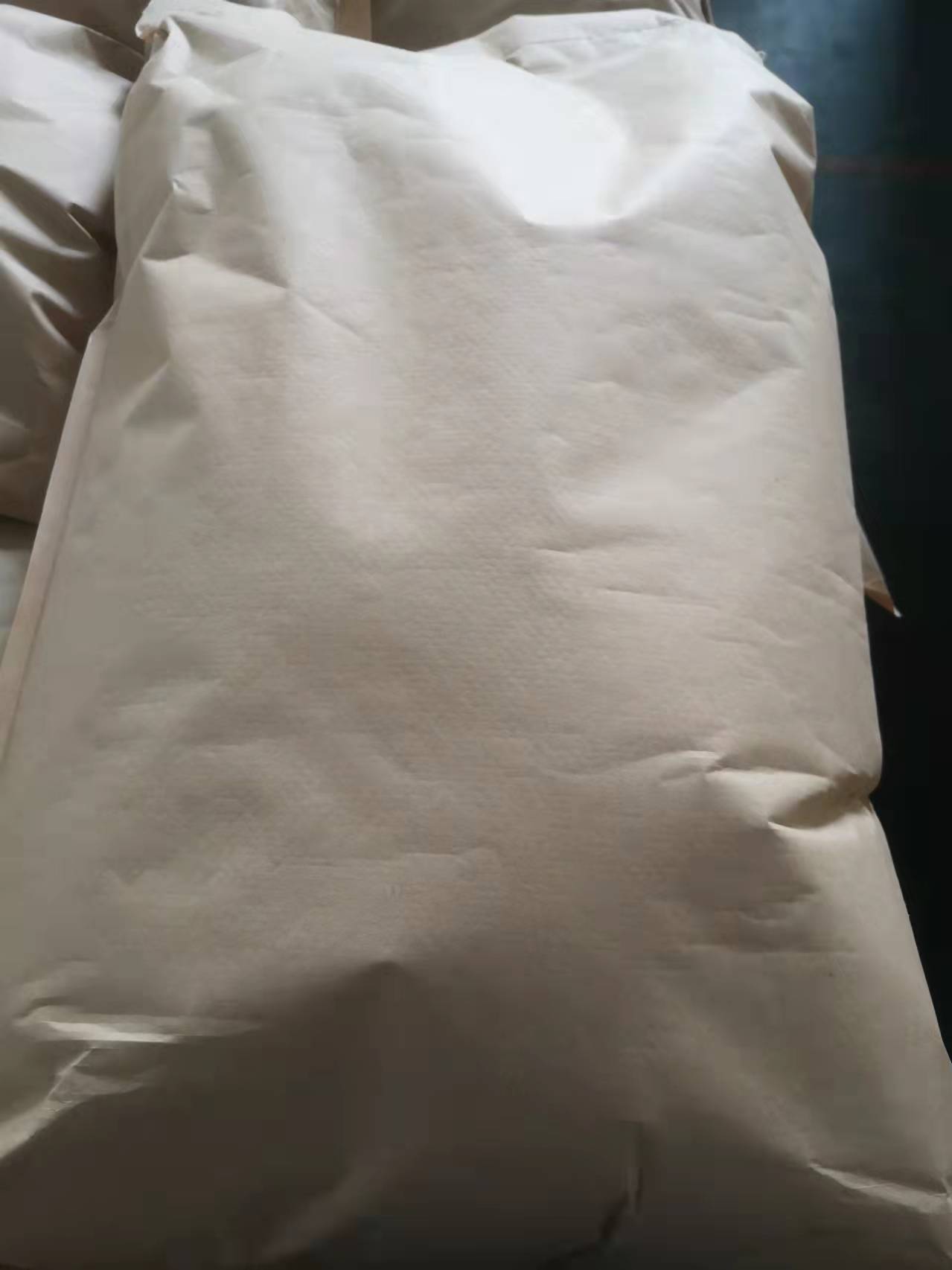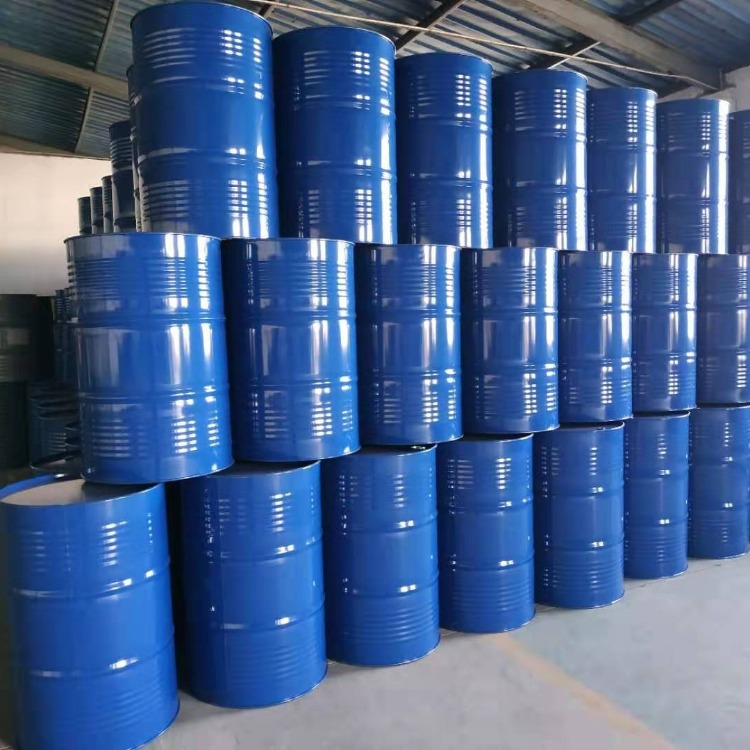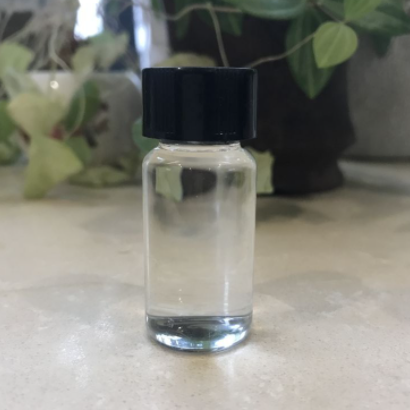Antioxidant
Other Auxiliary Agent
Petroleum Additives
Adsorbent
Water Treatment Chemicals
Rubber Additives
Adhesive Additives
Cross-Linking Agent
Flame Retardants
UV Absorbers
Organic Extractant
Resin Additives
Electronics Chemicals
Pesticide Additives
Building Chemicals
Plastic Additives
Oilfield Chemicals
Adhesive
Plastic Rubber Chemicals
Paper Additives
Molecular Sieve
Coating Additives
Textile Auxiliaries
Fluorescent Brightener
Polyethylene Glycol Derivatives
Coupling
Forest Chemicals
Leather Auxiliary Agents
Beneficiation Agents and Smelting Additives
Dye Auxiliaries
CAS:10101-41-4
Molecular Formula:CaH4O6S
Alias
More Information
Gypsum; Calcium Sulfate-2-Hydrate; Alabaster; Gypse; Lightspar; Annaline; Satinite; Calcium Sulphate 2H2O; Calcium Sulfide Dihydrate
Brief Introduction
Calcium Sulfate Dihydrate is the raw material for manufacturing cement, calcium sulfate hemihydrate and sulfuric acid. Used as a filler in the paint and paper industry. As a chemical fertilizer in agriculture, it can reduce soil alkalinity and improve soil performance. Edible grade can be used as nutritional supplement (calcium fortification), coagulant, yeast feed, dough regulator and chelator. It can also be used as tissue enhancer in canned tomatoes and potatoes, hardener of brewing water, flavor enhancer of wine, etc.
Suppliers
View More Vendors (2) >
CAS:10294-41-4
Molecular Formula:CeH12N3O15
Alias
More Information
Cerium(III) Nitrate Hexahydrate; Cerium Nitrate Hexahydrate; Cerium(3+),Trinitrate,Hexahydrate; Cerium3Nitrate Hexahydrate; Cerous Nitrate Hexahydrate; Cerium (III) Nitrate Hexahydrate; Cerium(3+);Trinitrate;Hexahydrate
Brief Introduction
It can be used as additive of steam lamp gauze cover and petrochemical catalyst. It is the raw material for preparing cerium salt. It is used as analytical reagent in analytical chemistry and also in pharmaceutical industry.
Suppliers
View More Vendors (2) >
CAS:1071-73-4
Molecular Formula:C5H10O2
Alias
More Information
4-Oxo-1-Pentanol; -Acetopropanol; Acetopropyl Alcohol; Acetopropylalcohol; -Acetylpropanol; Gamma-Acetopropanol; Gamma-Acetopropyl Alcohol; Gamma-Acetylpropyl Alcohol
Brief Introduction
Acetyl n-propanol is a chemical substance. It is a colorless and transparent liquid. Soluble in water, ethanol and ether.
purpose :Pharmaceutical intermediate, mainly used for antimalarial chloroquine phosphate. It can also be used to produce vitamin B1, etc.
Suppliers
View More Vendors (2) >
CAS:10881-67-1
Alias
More Information
Rubber Antiager KY405; 4,4'-Bis(α,α-Dimethylbenzyl) Diphenylamine; Antioxidant; 4,4- BIS (A,A-Dimethylbenzyl) Diphenylamine
Brief Introduction
Antioxidant KY-405 is a non polluting amine anti-aging agent with good protection against aging caused by heat, light and ozone. It is used as neoprene, styrene butadiene rubber, butyl rubber, natural rubber, polyurethane and other adhesives.
Suppliers
View More Vendors (2) >
CAS:109-53-5
Molecular Formula:C6H12O
Alias
More Information
Vinyl Isobutyl Ether; Vinyl Isobutyl Ether, Inhibited; 1-(Ethenyloxy)-2-Methyl-Propane; Iso-Butylvinyl Ether Stabilised; Isobutyl Vinyl Ether, Stab.; Vinylisobutylether,Stabilizedwithkoh
Brief Introduction
1-Ethenoxy-2-methylpropane is mainly used in organic synthesis, polymerization and copolymerization to produce polyethylene ether, coatings, additives, plasticizers, etc.
Suppliers
View More Vendors (2) >
Inquiry (
10
/ 10
)
Clear All
Sign In
Error!

